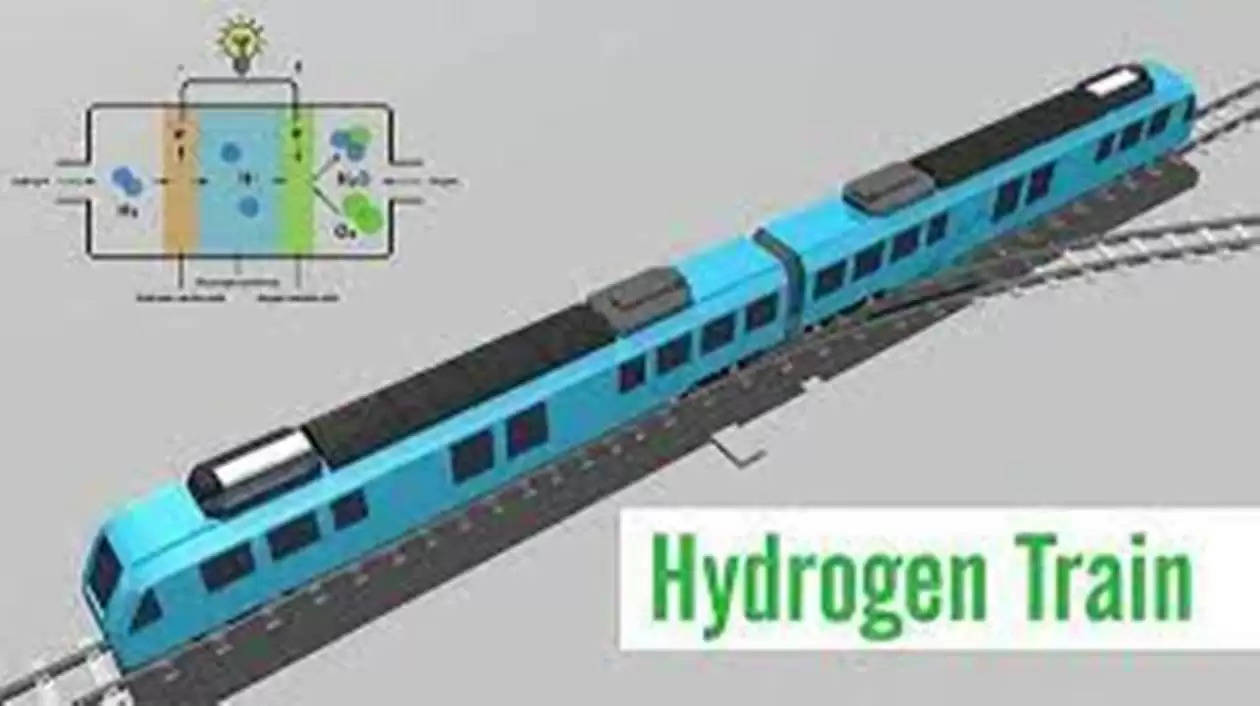Railways are switching from diesel to hydrogen
The train will produce its own electricity by using hydrogen which is the cleanest fuel available
Operating trains is not a rocket science, but operating them on hydrogen is. According to railway minister Ashwini Vaishnav, the government intends to run 35 hydrogen trains as part of its "Hydrogen for Heritage" programme. By the end of this year, you will be able to ride in an electric train up to Shimla. It will, however, be an electric train without a 'catenary'. The train will produce its own electricity by using hydrogen which is the cleanest fuel available.
Aside from the Shimla trains, the Darjeeling Himalayan Railway and the Nilgiri Mountain Railway are also on the list, and trials of a prototype hydrogen train between Jind and Sonipat in Haryana is expected to begin soon.
Hydrogen trains transport pure hydrogen in rooftop tanks and use oxygen from the air to generate power in fuel cells. Because fuel cells cannot rapidly boost their acceleration output, electrical energy is stored in batteries to power the motors. Energy from the wheels is returned to the battery during braking to increase mileage.
In India, which has the world's third largest railway network, diesel locomotives pull 37% of the trains, Vaishnaw told Rajya Sabha in December 2021. That equates to around 5,000 trains every day. In fiscal year 2019-20, Indian Railways consumed 2.3 billion gallons of fuel to carry trains, or over 6.5 million litres each day.
Trains fueled by hydrogen fuel cells generate no noxious emissions, including carbon dioxide. They will save millions of gallons of fuel every day worldwide.
To join us on Facebook Click Here and Subscribe to UdaipurTimes Broadcast channels on GoogleNews | Telegram | Signal



